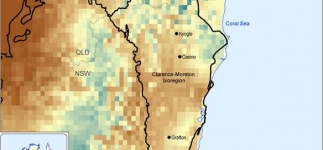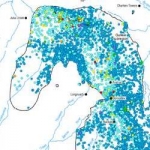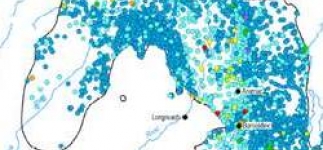List of products
Data for download
Bioregional assessments are supported by methodologies and submethodologies that describe the fundamentals and key approaches used to undertake the assessments.
Bioregional assessment methodology
The Methodology for bioregional assessments of the impacts of coal seam gas and coal mining development on water resources describes the foundations of the overall approach of undertaking an assessment.
The bioregional assessment methodology provides guidance for research scientists and managers about completing a bioregional assessment using a consistent, transparent and repeatable approach. The document is intended as an enabler for others who aim to undertake a new assessment or extend those completed by the Program.
The methodology provides an overview of the key processes of a bioregional assessment, including:
- collecting and presenting bioregional information
- estimating impacts of coal seam gas and coal mining development on water and water-dependent assets and
- analysing risks and impacts.
The bioregional assessment methodology was commissioned in May 2012 by the Office of Water Science on behalf of the Interim Independent Expert Scientific Committee on Coal Seam Gas and Coal Mining. It was published in October 2013.
Bioregional assessment submethodologies
Bioregional assessment submethodologies supplement the bioregional assessment methodology, providing further technical details to researchers on how to apply the bioregional assessment methodology when undertaking an assessment.
Assessment components
Bioregional assessments are organised into five components of work that guide the overall research and outcomes for each bioregion and subregion. Products are generated for each component. Products range from publicly accessible data and contextual information, to products that summarise outcomes such as regional-scale analyses of impact and risk.




